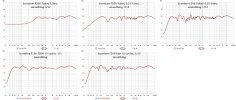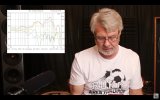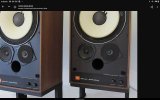About reflections and room modes... One can "see" modes easily from REW wavelet spectrogram. Second is waterfall with default settings and third is raw impulse. In impulse wiev you cannot see the frequency, only timing and magnitude of reflections.
Below bconline's measurement of Revel ant 100cm - pretty clean! My 150cm and spot measurements tell how different they are actually.

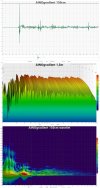
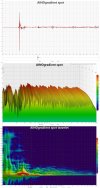
Below bconline's measurement of Revel ant 100cm - pretty clean! My 150cm and spot measurements tell how different they are actually.



Last edited:

